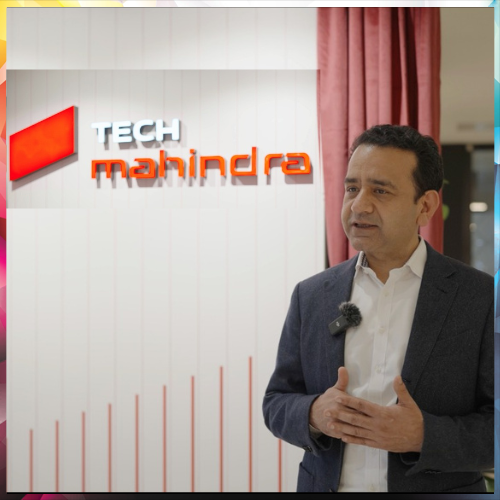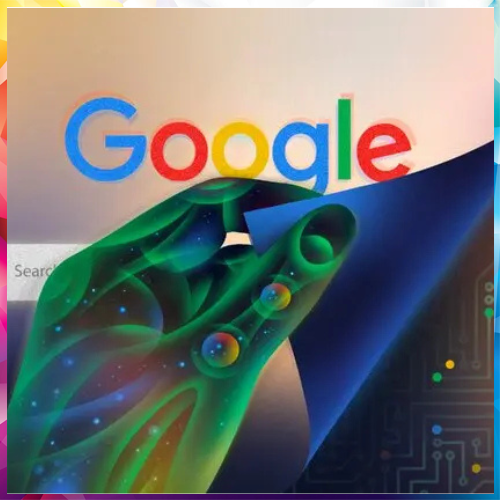
Faster adoption of digitisation brings both advantage and disadvantage too. Technology companies now using India as an use case, in the adoption of technology, that has been showcase by an American company Google to the Federal Government, where NPCI had deployed a real-time payment system UPI in 2016. The innovation in payments is a real cornerstone for India and is driving digital adoption at a pace we never imagined.
Google wants US Federal Reserve to follow India's UPI example of an interbank transfer system, which is a is a real time system and is 'open and build 'FedNow', a new interbank real-time gross settlement service (RTGS) for faster digital payments in the US. Now a question is on will the government will use the same for as an example.
In a letter written by Mark Isakowitz, Vice President, Government Affairs and Public Policy, US and Canada, Google, the company said it worked closely with the National Payments Corporation of India (NPCI), the payment regulator government by the Reserve Bank of India (RBI), to build 'Google Pay' for the Indian market. According to Google, UPI was thoughtfully planned and critical aspects of its design led to its success.
"First, UPI is an interbank transfer system (there are now over over 140 member banks, after initially launching with 9 participating banks). Second, it is a real time system. Third, it is 'open' -- meaning technology companies can build applications that help users directly manage transfers into and out of their accounts held at banks," Isakowitz wrote to Ann Misback, Secretary, Board of Governors of the Federal Reserve System.
Adoption of the system was rapid, growing from 100,000 monthly transactions, to 77 million, to 480 million, to 1.15 billion monthly transactions in the first four years. "After just three years, the annual run rate of transactions flowing through UPI is about 10 per cent of India's GDP, including 800 million monthly transactions valued at $19 billion," said the company in the letter dated November 7 .
"Google has been a successful market participant in India's use of UPI, and Google Pay provides one of the three leading mobile applications that use UPI, as measured by transaction volume," the letter elaborated. Google said the use of debit, credit and pre-paid cards also nearly doubled during the same period.
Google Pay's monthly active user-base grew three times to reach 67 million in September this year -- up from 22 million in the same month last year.
According to a latest Worldline report "India Digital Payments Report - Q3 2019", the total volume of UPI transactions in Q3 2019 in India touched 2.7 billion, a whopping 183 per cent increase from the same July-September quarter a year ago. In terms of value, UPI clocked ₹4.6 trillion, up 189 per cent from Q3 2018.
The number of transactions done on mobile wallets was 1.04 billion, an increase of just 5 per cent over previous year period while the value of transactions in the July-September period was ₹466 billion, an increase of 2 per cent over Q3 of the previous year, said the Worldline report.
Google said, after seeing the learning experience from the India digital payments market, it offers specific suggestions to the Fed Reserve to "support real-time low-value and high-value payments, use standardized messaging protocols with extended metadata, and provide clear standards for an Application Programming Interface (API) layer that enables licensed non-financial institution third parties to access and submit requests into this payment system.
See What’s Next in Tech With the Fast Forward Newsletter
Tweets From @varindiamag
Nothing to see here - yet
When they Tweet, their Tweets will show up here.





























